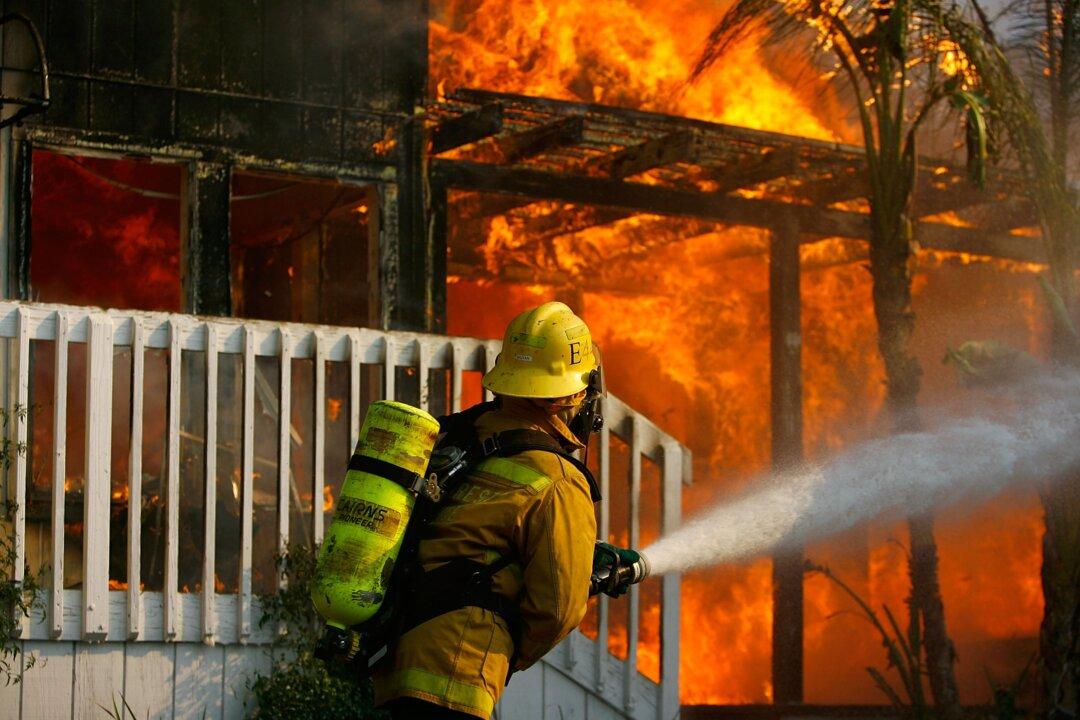It would cost more than $760 billion to rebuild approximately 1.3 million homes at risk of wildfire, according to an Aug. 10 report released by Irvine-based business intelligence and data analytics firm CoreLogic.
The report assessed such risk to homes by analyzing a variety of variables impacting wildfire danger, including slope, fuel source, surface composition, drought, and winds.





